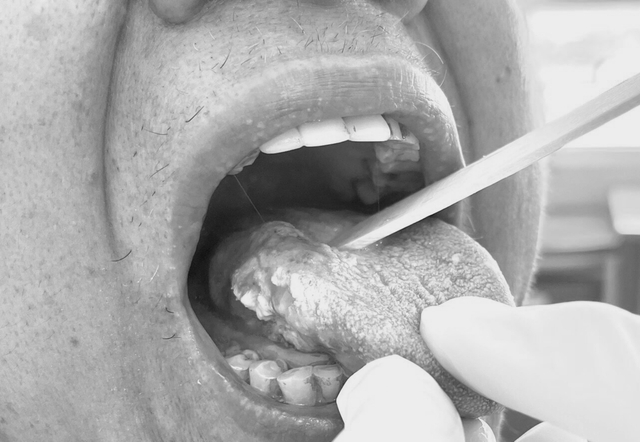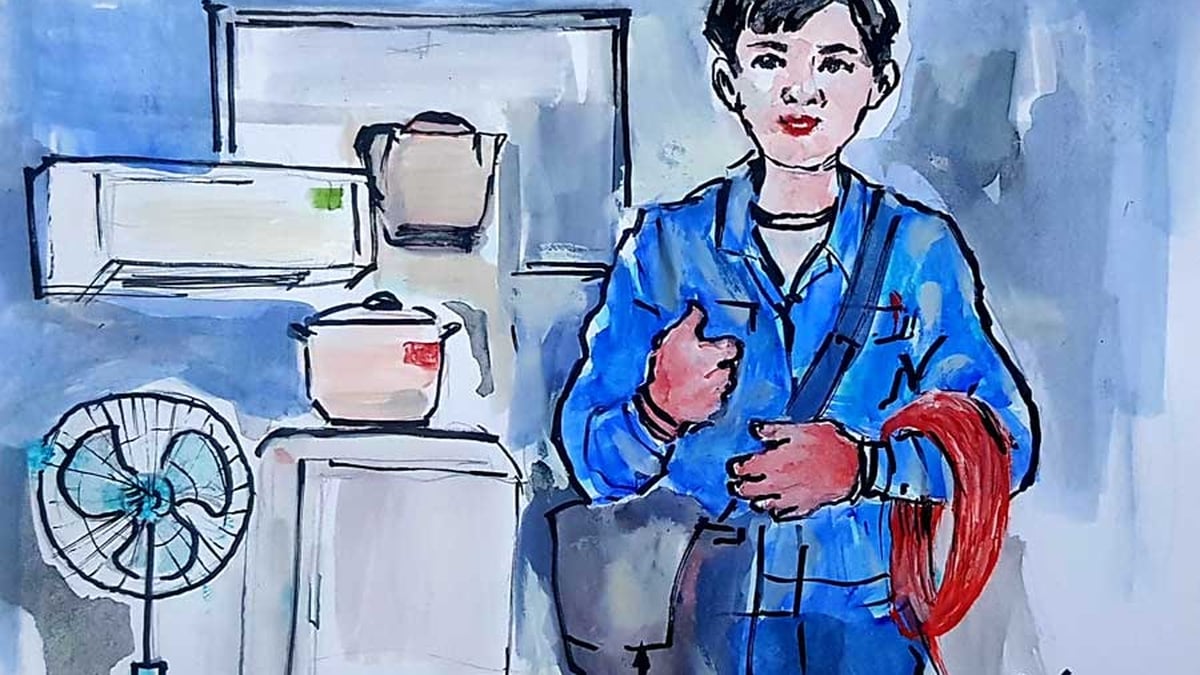On July 11, specialist doctor Nguyen Minh Hung, Head of the Oncology Department (Xuyen A General Hospital, Ho Chi Minh City), said that through examination, he found a 2 cm ulcerated lesion on the right edge of the tongue, invading surrounding tissue. Suspecting a high possibility of malignancy, the specialists decided to perform a biopsy. When the malignancy results came out, they performed tests and took MSCT (multi-slice computed tomography) and ultrasound to assess the stage of the disease. From there, a treatment plan was made for the patient because this is a disease that metastasizes to the lymph nodes very early.
The patient underwent surgery to remove the right half of the tongue and remove the cervical lymph nodes of groups I, II, III on the same side via the oral cavity. The surgery lasted 2 hours.
"Evaluating the extent of the lesion's invasion during surgery is very important because it is necessary to ensure a safe cut surface, avoiding the case of residual tumor cells after surgery, increasing the risk of recurrence later," Dr. Hung emphasized.

Image of man's tongue
BVCC
During the surgery, the patient was placed with a nasogastric tube during surgery and for feeding. Intravenous feeding after surgery was used to ensure healing. After 7 days post-operatively, the tongue wound was dry, the patient was fed orally again, and the patient's tongue movement was normal.
According to Dr. Hung, there is currently no way to completely prevent tongue cancer from developing. However, if any unusual signs are detected, people should go for a check-up as soon as possible, especially those with risk factors such as smokers, alcohol abusers, HPV infections, family history of tongue cancer, etc. The earlier the disease is detected, the better the treatment and results.
In the early stages, symptoms are often unclear and are easily overlooked. Often the patient feels like there is a foreign object or fish bone stuck in the tongue, which is very uncomfortable but passes quickly. In addition, the tongue has a raised point with a change in color, white mucosa, fibrosis or small ulcerative lesions.


































































































Comment (0)